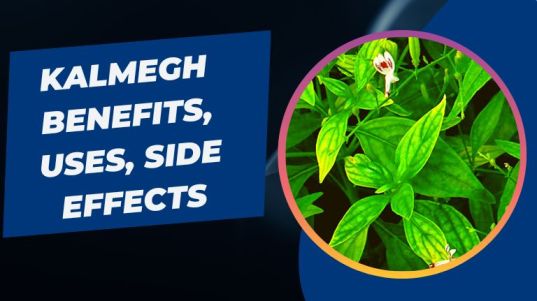Types, Care, and Healing Time of Tooth Extraction Stitches
At one point or another, you will have to go to the dentist. Whether it’s for tooth extractions, dental maintenance, a filling, or something else altogether, it will always be a good idea to know what your dentist can do for you! Today with the help of technology and advances in medical science, getting dental care has never been easier.
What Is a Tooth Extraction Stitch?
A tooth extraction stitch is a small thread that stitches the gums back together after an oral surgery in order to ensure the complete healing of the wound. They are typically made from absorbable suture and come in both straight and curved shapes.
Types of Tooth Extraction Stitches
There are three types of tooth extraction stitches: absorbable, biodegradable, and non-absorbable. The biodegradable type is not recommended for use by children because it tends to cause more pain. The non-absorbable type is the most common of the three types. Another type of stitch available is a neuromuscular blockade which will reduce some discomfort associated with extractions.
Pros and Cons of a Tooth Extraction Stitch
The tooth extraction stitch is used as a way to close up a tooth hole. It looks like a big, white, stringy piece of thread that stays in the mouth for two weeks. The pros of using this are minimal pain and a shorter healing time than without it. The cons are that it doesn’t seal the tooth completely and there can be minor discomfort when eating or drinking.
How to Care for a Tooth Extraction Stitch
A tooth extraction stitch is a piece of dissolvable suture that is left behind after the dentist removes a tooth. The purpose of the extractions stitches is to prevent infection and bleeding. They are generally removed within 4-6 weeks of the extraction, but should be checked if they are still present after 8-10 weeks.
When Do the Patient Start Seeing Results with a Tooth Extraction Stitch?
Once a tooth extraction stitch is placed, the patient will wait a few hours for the placement to heal. After that, they will see results within one day. A patient may start seeing results as soon as one hour after placement of the extraction stitch.
What Should You Expect With a Tooth Extraction Stitch Treatment?
The tooth extraction stitch can be used to close the wound of a tooth that has been extracted. There are 3 types of stitches, however the standard is called an interrupted suture. This stitch should not leave a visible scar on the skin around your mouth, but there may be some swelling and bruising. It is possible for you to eat soft foods without difficulty by eating them with liquid or pureeing them as well. You will also need to use a straw or another utensil when you drink from a cup or glass, since drinking can make your stitches come undone.
Conclusion
Teeth can be extracted with a simple stitch between the gingival and the mucosa. This is one of the most common procedures in dentistry. It takes about 10-20 minutes to remove a tooth using this method. However, when examining more deeply into the extraction process, it is important to keep in mind that your extraction time will depend on its type. For example, removals done through an endodontic access are usually quite quick and can be done without anesthesia while extracting teeth from the maxillary sinus or during a root canal procedure can take much longer and may require pain management techniques such as local anesthesia or sedation.


